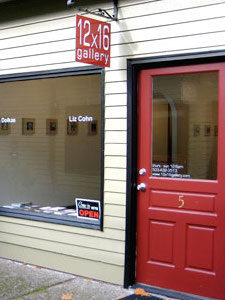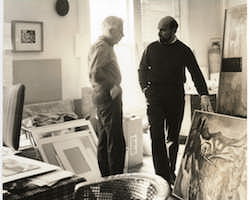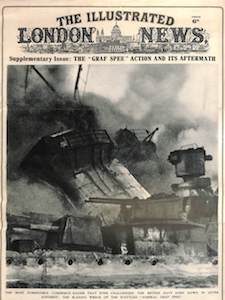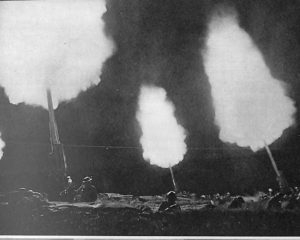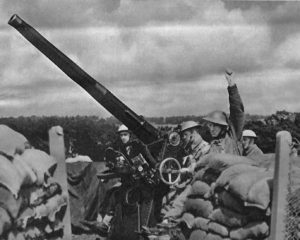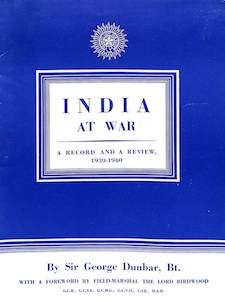Please join us on Friday, September 28th, at 3 p.m. in the Carnegie Building for our third Faculty Colloquium of this semester.
Presenter: Pamela Moro, Professor of Anthropology
Title: Glorious Jollification: Violins, Violin-Playing, and Masculine Social Life in 19th Century California and Nevada 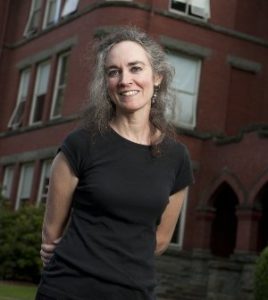
Abstract:
Violins were important objects in the vernacular musical life of the mid- and late-19th century American west. Violin playing was integral to sociality and the work environment of the gold- and silver-rush mining camps of Northern California and Nevada, contexts shaped by masculinity and race. This study pays particular attention to the memoirs and archival papers of miner, journalist, and amateur violinist Alfred Doten. Doten’s writings reveal vernacular violin playing in relation to masculinity and violins as sentiment-laden material culture.
Before presenting my research paper, I will briefly introduce my forthcoming book (Violins: Local Meanings, Globalized Sounds) and talk about my professional career as an anthropologist with a specialization in ethnomusicology. Students are welcome and coffee and treats will be provided. We look forward to seeing you there.
Note there will also be a special TGIF reception following the lecture that will be open to faculty from all three schools. We will have three TGIF events each semester with Colloquium speakers from across the University. These opportunities for cross-University gathering and conversation are sponsored by the Office of the Provost and Senior Vice President. Please join us and watch for a message next week with other TGIF dates.
Bill Kelm and Daniel Rouslin
Faculty Colloquium Coordinators




